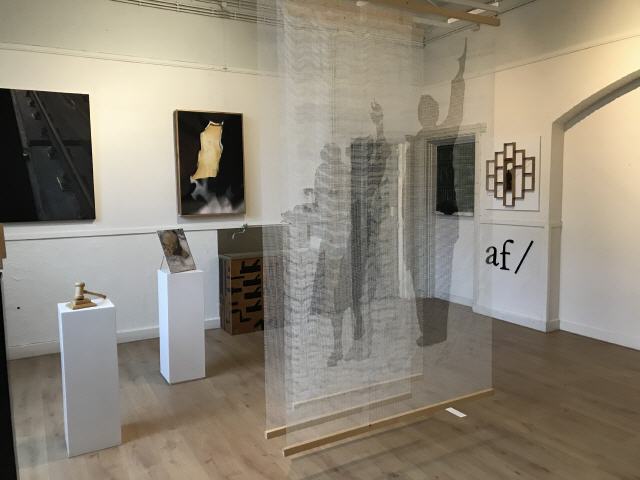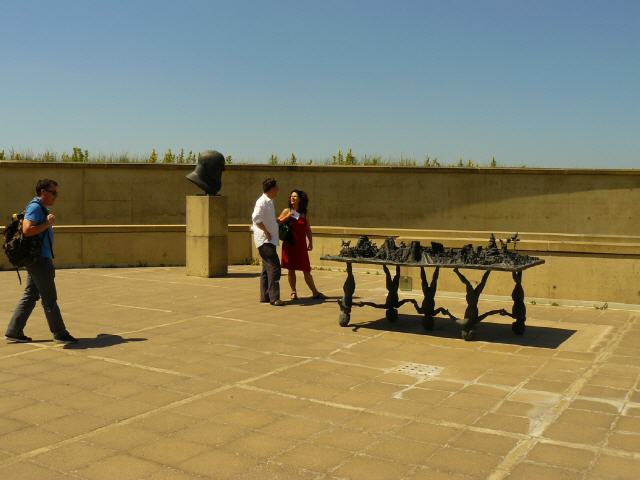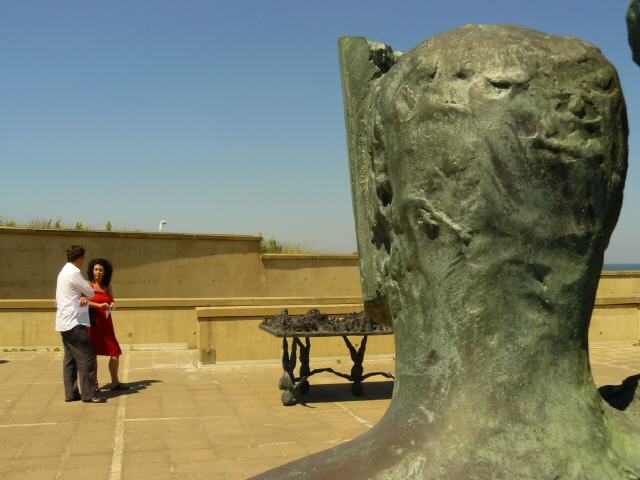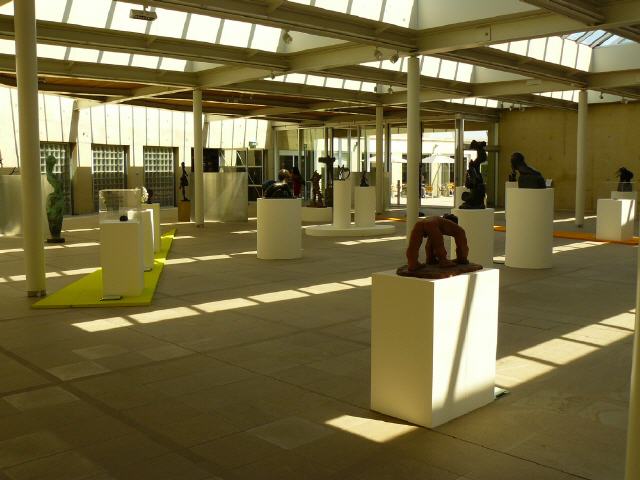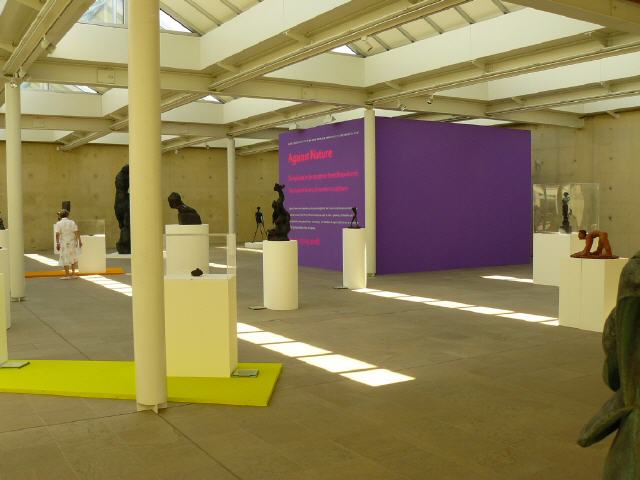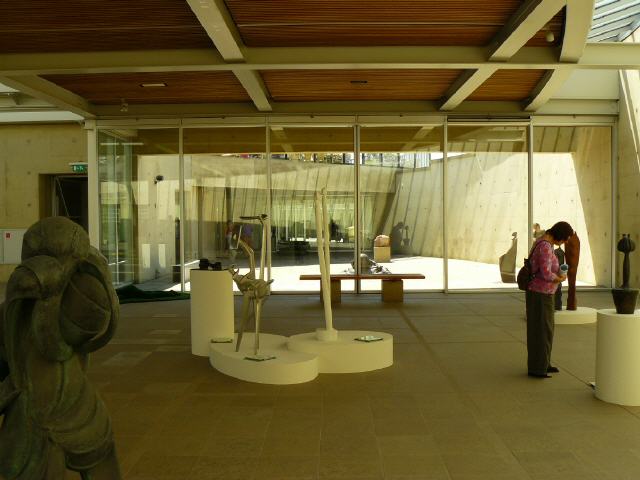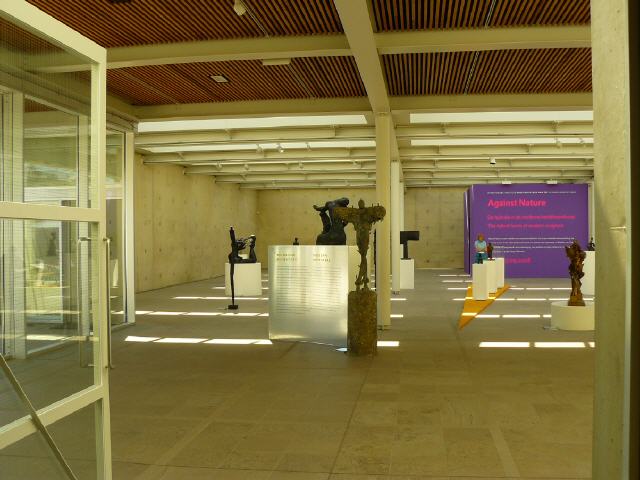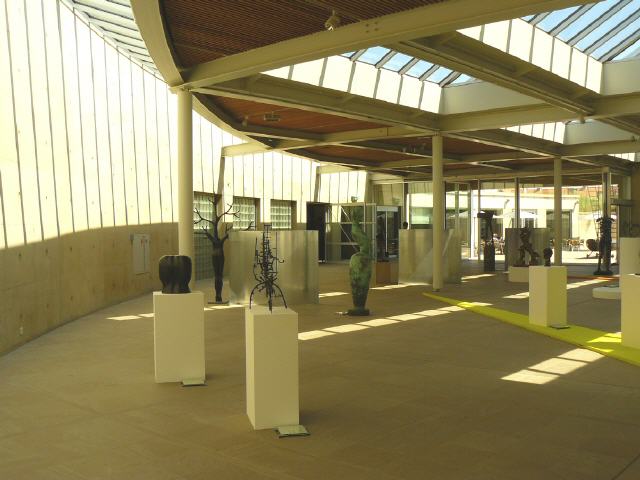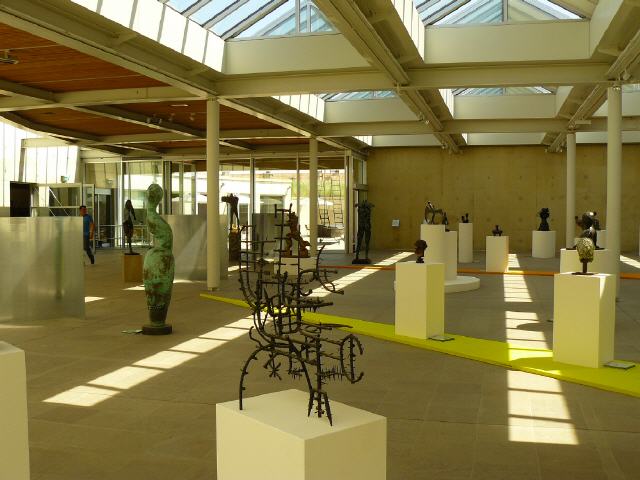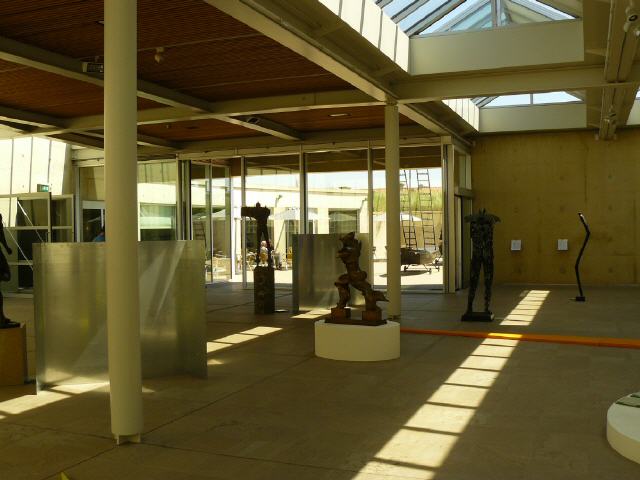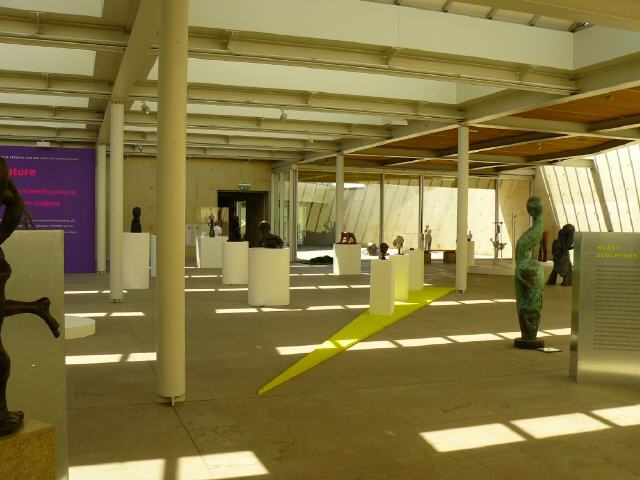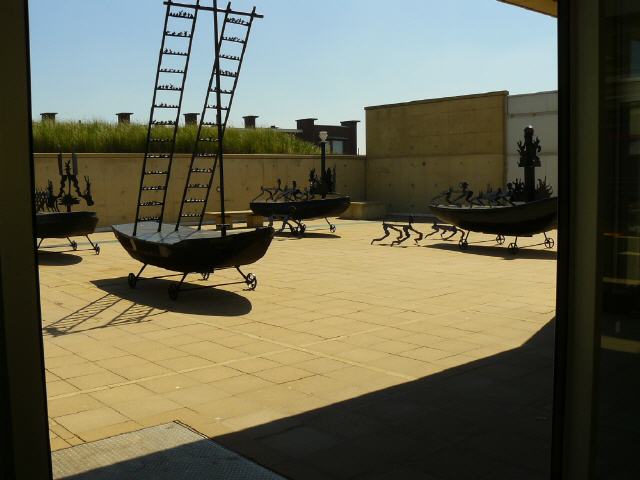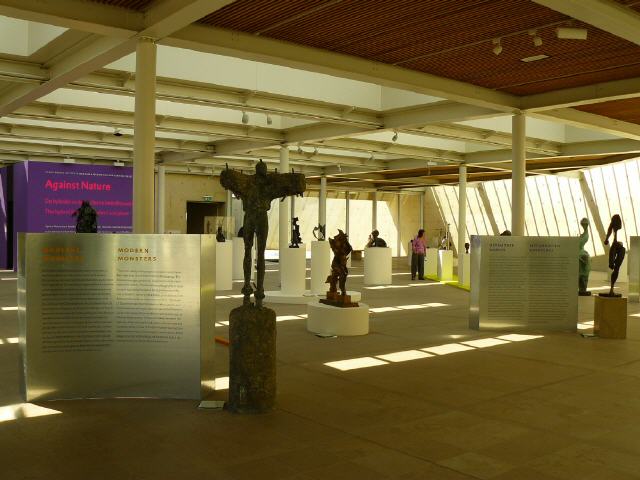Agenda
HET BEELD HERVONDEN, 13 mei - 24 juni 2023
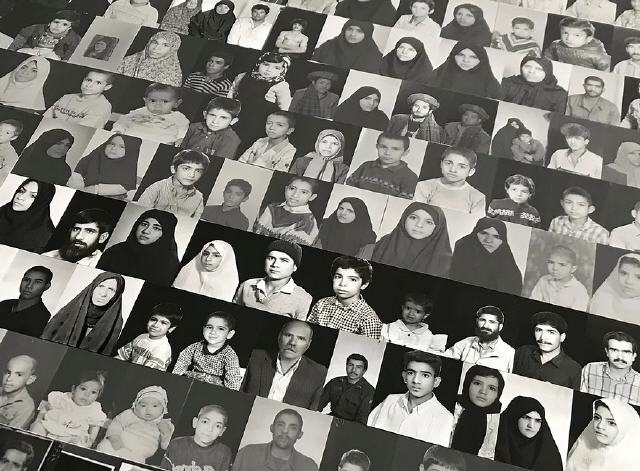
De recente aardbeving in het grensgebied van Turkije en Syrië heeft de wereld diep geschokt, het menselijk leed, de vernietiging, de onmacht. Meteen ook werden foto’s verspreid van mensen die vermist waren: heeft iemand ze gezien? Op 26 december 2003 werd de stad Bam in zuidelijk Iran door zo’n zelfde hevige aardbeving geheel verwoest, met tienduizenden doden tot gevolg. Hoe belangrijk foto’s voor Bam toen zijn geweest – en nog zijn – is het thema van deze tentoonstelling.
Beeldend kunstenaar Rudi Struik maakte mixed media installaties met door de Iraanse fotografe en fotohistorica Parisa Damandan gevonden foto’s als basis.
Op zoek naar het verloren beeld
“Meteen na de aardbeving in Bam vroeg de Iraanse fotografe en fotohistorica Parisa Damandan zich af wat zij kon doen en reisde af naar de verwoeste stad, niet als fotograaf maar als hulp. Meehelpend met puin ruimen kwam een oude vrouw naar haar toe met de vraag of ze haar zou kunnen helpen met zoeken naar rollen negatieven. Zij vertelde Damandan dat haar twee zoons onder het puin verongelukt waren, een ervan was de dag voor de aardbeving net getrouwd. Zij hoopte foto’s van de trouwreportage terug te vinden op de plek waar de fotozaak had gestaan, haar zoon had de rolletjes daar afgeleverd. Die foto’s waren het enige dat haar nog restte.
Damandan ging op zoek naar het verloren beeld om troost te brengen, het verdriet een plaatsje te helpen geven. De zoektocht naar de negatieven mondde uit in een immens archief. Bij een bezoek aan Nederland in 2007 ontmoette Damandan Rudi Struik en schonk hem een deel van haar archief.
Zij is verrukt dat in de tentoonstelling ‘Het beeld hervonden’ haar werk resoneert: de overtuiging dat foto’s je verbinden met familie en geliefden en je de mogelijkheid bieden het beeld bij je te kunnen dragen. Want, hoe verzoen je je met dergelijk verlies? Hoe belangrijk is dan de nabijheid van de foto’s, hun tastbaarheid, ze aan te raken, te kussen? Het is de kracht van het beeld om mensen die je ontvallen zijn weer naar de fysieke wereld te kunnen halen.” (Kitty Zijlmans)
Parisa Damandan bracht in 2013 een boek uit over dit project: Out of the Ruins. Bam Photography Rescue Project – Earthquake December 2003.
Films van Reza Torabi en Maryam Raz van het zoeken naar foto’s tussen de puinhopen en de emotionele reacties van mensen bij het zien van de foto’s, maken deel uit van de expositie.
Opening
Zaterdag 13 mei van 16.00 tot 18.00 uur
De toegang is gratis. Wel graag aanmelden: http://bit.ly/3TvLkJc
Expositie t/m 24 juni. Pennings Foundation - Eindhoven
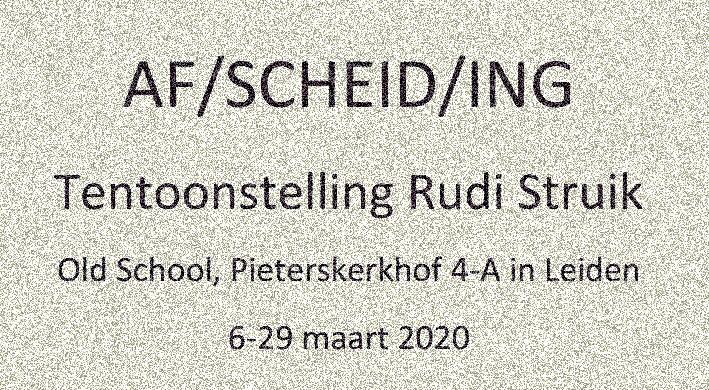
In vele gesprekken met Herman Divendal (1948-2015), directeur van Stichting AIDA Nederland die zich inzette voor vervolgde en gevluchte kunstenaars, en geïnspireerd door de serie De Muur (VARA 2014-17) van Menno Bentveld (vooral de aflevering over Belfast), is een nieuwe serie werken ontstaan met als thema dat (af)scheiding ook altijd een vorm van afscheid is. In de serie Stories of Migration is deze expositie een vervolg op de tentoonstellingen ‘The Unwanted Land’ in Museum Beelden aan Zee (2010-11) en ‘Op stap’ in Sidac Studio Leiden (2013). Verbeeldingen van ontheemding en toevlucht wisselen elkaar af. Grenzen zijn er ook om te overschrijden en elkaar weer te ontmoeten.
2018 Beelden in meervoud
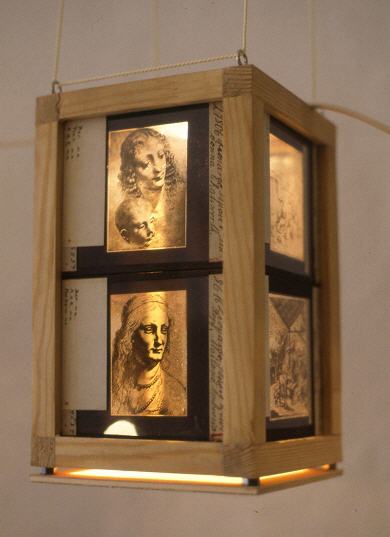
‘Beelden in Meervoud is een tentoonstelling van de glasdia-installaties van beeldend kunstenaar Rudi Struik. Dit zijn werken waarin oude 10 x 8.5 cm glasdia’s, afkomstig uit het archief van Henri van de Waal, hoogleraar kunstgeschiedenis in Leiden van 1946-1972, een prominente plek hebben gekregen. Toen in 2002 de collectie prenten, tekeningen en fotografie van het toenmalige Prentenkabinet – gelieerd aan het Kunsthistorisch Instituut van de Universiteit Leiden – van Rapenburg 65 verhuisde naar de Universiteit Bibliotheek aan de Witte Singel en werd ondergebracht in de afdeling Bijzondere Collecties, werd er meteen een grote schoonmaak gehouden. Uiteraard verhuisden de boeken, archiefstukken, de door Van de Waal verzamelde fotografica, camera’s en doca-materiaal mee naar de UB, maar niet alles hoefde of kon mee.
LEES EN KIJK VERDER.....
De expositie is te bezichtigen in de Oude UB, Rapenburg 70, Leiden, van 16 februari tot 16 april 2018, tijdens kantooruren, vrije toegang.
2018 Playing with light and shadow

Depictions of Rembrandt, Michelangelo and many other artists are given a new dimension in an exhibition in the hall of the Oude UB at Leiden University. The exhibition - 'Multiple Images' - opens officially on 15 February. Artist Rudi Struik has given the slides of Leiden art historian Henri van de Waal a new lease of life in his art installations.
Struik has created a mini cinema in the hall, where visitors can put together their own performance. The artist built lightboxes from wine crates and installations with artistic representations of screens. The result is a visual light and shadows spectacle of slides, the teaching material used by Professor Henri van de Waal. When he died in 1972, Van der Waal left behind an enormous image archive with at least 8,000 slides, more than 6,000 cameras and a mass of dark room material.
2018 University Leiden UB, Leiden
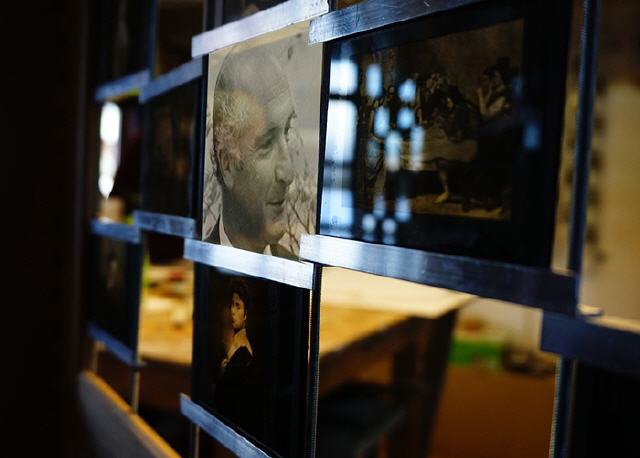
A series of slides with a portrait of Henri van de Waal in the centre.
Archive under threat
Part of this archive was under threat of being lost when the Print Room that had been part of the Art History department was incorporated into the Special Collections at the University Library. Although this collection was clearly special, it was not considered unique because of the many double items it contained and the fact that slides can be mass produced. The then curator asked Leiden Professor Kitty Zijlmans and her husband Rudi Struik whether they were interested in taking over the collection. Struik, whose artistic work includes recycling old materials, saw a green metal filing cabinet and was immediately interested.
Saved from the bottle bank
Together they rescued thousands of slides, and the filing cabinet was transported to Struik's studio. Struik: ‘Van de Waal's memory is in these slides and I thought it would be a pity if nobody saw them again.' Struik experimented with all different ways of exhibiting them. He put the slides in lanterns so that they again became light images. He also scanned the old labels with very detailed descriptions and enlarged them onto white plates. Visitors to the exhibition can look for the images that match the labels.
Exhibition
The design and construction of the exhibition were in the hands of artists Frida van der Poel and Antoon Ruigrok. Struik: ‘I was looking for artists who understand space and know how to modulate it so that the works of art and the space form a new unity. The exhibition shows their favourite slides, that together open up new worlds.'
Visionary outlook
Van de Waal was an expert in Dutch art history from the 16th and 17th century, but he also had a visionary outlook on photography. In 1953, on behalf of the University he arranged the purchase of the Grégoire collection comprising thousands of artistic photos. Museums were not interested at the time, but they later regretted their decision. His life story is memorable on several counts, Zijlmans commented. Van de Waal worked as a lecturer at Leiden University in 1940, but was dismissed because of his Jewish origin. He spent the war in camps and once the war ended he returned to Leiden. With his innovative theory on imagery, he inspired numerous art historians, some of whom will visit the exhibition on 15 February. Zijlmans: ‘This exhibition is also special because the material is directly linked to the history of the Art History programme and consequently to the history of Leiden University.'
The work of Rudi Struik (1947) is characterised by its enormous diversity of materials and techniques. Perception, memory, selective history and the recontextualisation of objects and images are recurring themes in his repertoire.
UNIVERSITY HISTORY
Exposition from 16-02-2018 till 16-04-2018 Oude UB, University Leiden, Rapenburg 70, Leiden
TAKE A TOUR....
2013 Sidac Studio - Op Stap
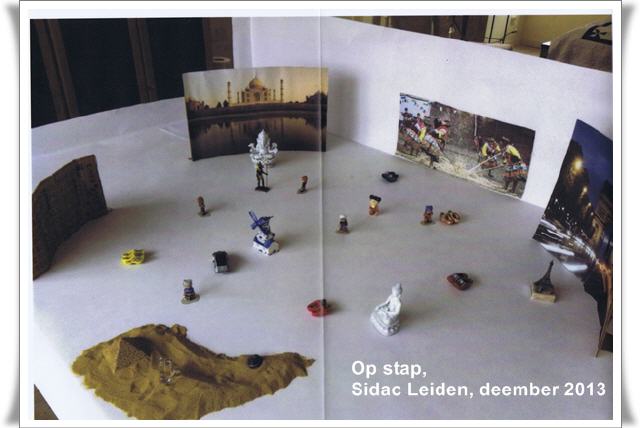
Expositie "OP STAP" van Rudi Struik in Sidac Studio, Hogewoerd 77, Leiden
Opening Vrijdag 13 december om 17 uur door Willem Overtoom
Openingstijden:
Za. 14, Zo. 15 en Vr. 20, Za. 21 en Zo. 22 december van 13-17 uur.
Rudi is op deze dagen aanwezig.
Galerie de Pieter
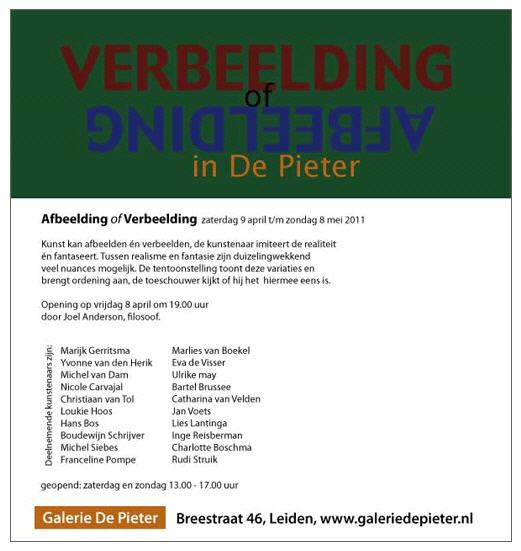
Groepstentoonstelling in Galerie de Pieter, Breestraat 46 te Leiden.
Verbeelding of Afbeelding
Van Zaterdag 9 april t/m zondag 8 mei 2011
Etalage Expositie Sidac Leiden
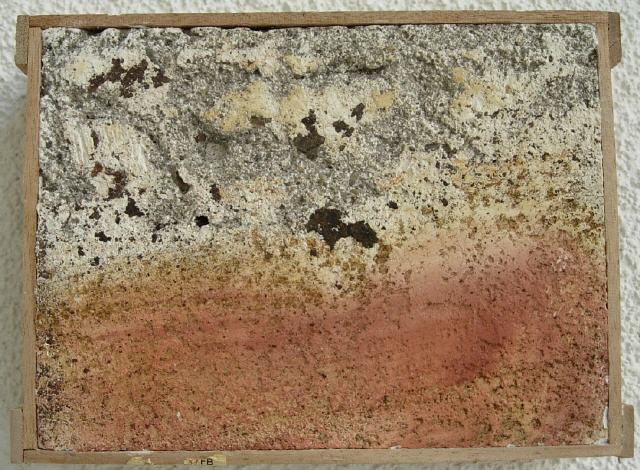
Buitenlandse impressies van Rudi Struik
te zien t/m 16 augustus 2010
Sidac studio, Hogewoerd 77, Leiden
The Unwanted Land
The Unwanted Land
15 oktober 2010 - 9 januari 2011
Museum Beelden aan Zee, Scheveningen
www.theunwantedland.com
The Unwanted Land, Migration Experience
Proposal for a collaborative artistic project
[Rudi Struik, draft June 2008]
Confirmed Contributors:
Tiong Ang (artist, Amsterdam)
David Bade (artist, Curaçao/ Amsterdam)
Dirk De Bruyn (Deakin University Australia)
Sonja van Kerkhoff (artist, Leiden)
Renėe Ridgway (artist, Amsterdam)
Rudi Struik (artist, Leiden) & guest curator
Affiliated:
Prof. Kitty Zijlmans (Leiden University)
Dineke Huizenga
Venue: Museum Beelden aan Zee, Scheveningen
Time: September-December 2010
Project Rationale
The Unwanted Land will be an interdisciplinary artistic and research project reflecting upon the issue of migration, and national and international identities. It will involve artists and researchers who all have first hand experience of migration.
Project Outcomes
The major outcomes of the project:
(1) An exhibition
(2) Workshop – The Unwanted Land: Stories of Migration
(3) Educational project
(4) Symposium
(5) Publication
Project Statement
After World War II, a large number of Dutch people emigrated to Canada, Australia and New Zealand to find a better life. Prospects for work and housing were extremely bad in the post-war era, and the countries mentioned above badly needed skilled workers. Many went and built a new life, some prospered, others were less fortunate. A good fifty years later, the Netherlands is as prosperous as it has been for many centuries and it has witnessed the arrival of a massive amount of migrants (including labourers and asylum seekers). At present, the Netherlands is a county of both emigration (still quite a number of people leave for other countries) and of immigration. For whatever reason of migration and wherever you come from, the experience of relocation never leaves you.
The project will explore, reflect upon and present in a variety of art forms how migration has a profound impact upon both people and countries.
1 - EXHIBITION
In the exhibition, artists who themselves have undergone the experience of migration, will explore, present and share this experience by means of multi-media installation artworks (such as spatial mixed-media installation, video and performance).
The project is not meant to be a conventional exhibition that puts art works on display; rather it is to be interactive and to involve people and (local) communities. In that respect it is also a social sculpture, which might even change in the course of the exhibition because further moments (be it objects or thoughts and feelings) will be added to it (cf. Nicolas Bourriaud, Relational Aesthetics, 2002).
Preliminary list of artists
Tiong Ang was born in Surabaya (Indonesia) in 1961. Education: 1981-1986 Gerrit Rietveld Academie Amsterdam, 1988-1990 Rijksakademie voor Beeldende Kunsten Amsterdam. An Indonesian-born artist reared in the Netherlands, Tiong Ang is a photographic wanderer, trekking the globe with his video camera. Of the three short films he shows here, two are single scenes whose intensity is heightened by the use of a slow-motion technique and color filters.
David Bade was born in Curaçao from Dutch parents and moved to the Netherlands to study at the art academies in The Hague and Amsterdam. At present he is living and working on Curaçao (Instituto Buena Bista) and in the Netherlands. See: www.institutobuenabista.com
Dirk De Bruyn was born in Dordrecht, the Netherlands in 1950, migrated to Australia with his parents in 1958. He is currently teaching Animation and Digital Culture at Deakin University in Melbourne, Victoria. (Burwood Campus). His recent film and performance work relate to issues of trauma and displacement. See: www.innersense.com.au/mif/debruyn.html
Sonja van Kerkhoff was born in Hawera, Taranaki, Aotearoa / New Zealand in 1960. Based in the Netherlands since 1989. Time-based art, installations, sculpture, drawings, paintings, reviews, web design. See: www.sonjavank.com
Renée Ridgeway was born in the USA, and moved to the Netherlands in 1990 to study at the Rietveld Academy in Amsterdam. She specifically chose Amsterdam as her main residence. She is from a Quaker family whose origins are in Ireland.
Rudi Struik was born in Amsterdam and emigrated with his parents to Canada in 1953. In 1978 he moved back to the Netherlands to continue his art studies at the Vrije Academie in The Hague, but also because strings pulled him back. See: www.rudi-struik.com
Exhibition statement -- Rudi Struik
This exhibition as I see it can be set up as an international workshop. The main objective is to take a small segment of this complex global identity and focus on those who have experienced it. The exhibition/art project will consist of work by artists who have been through migration and who, in their work, reflect upon issues of relocation/resettlement. The artworks will be in the form of spatial (multi/mixed media) installations (and performances) aiming at visualizing migration experience and identification to achieve (new) contexts (and perspectives).
Another important aspect will be the role of participation as artistic research. The audience/the local communities are invited to participate in the project, for example by handing in a valued object of their home country (in case of immigrants) or something they relate to strongly because they identify the object with their identity or sense of belonging. In addition, people can be invited (via adds in the newspaper) to write down their experience of migration on one page. Within the context of the installation, these texts will enable the gallery visitor to travel through a multitude of experiences of relocation.
The exhibition is in fact in itself an unknown place to explore. Once you have overcome the fear of the unknown, curiosity steps in, and the question arises what you will see there. Through the artworks some visitors will meet what at first glance feels familiar, others who have not gone through the experience of migration, will get an inside awareness of how it is to live in another country, and to be confronted with the unknown. An immigrant’s remark: ‘It was like I was 13 years old again and had to learn how to behave properly all over again’.
The project aims at gaining a deeper understanding of migration and to enable the visitors to experience the responses and artistic practices of those who have gone through it. It is challenging to examine whether this concept could contribute to a better understanding of the fundamental issues of relocation/resettlement, by stimulating an awareness of this condition.
Artist’s Statement --Rudi Struik
Looking out of the window on an early morning in spring, I noticed a V-shape approaching. It was a skein of geese migrating northwards. I thought how fortunate they were, no boundaries or passports to worry about, simply free to fly to another part of the world to eat, reproduce, and then, when that is accomplished and the season draws to its end, just move on to where there is food.
Once, when we had no borders and could roam the earth freely to seek out our own space the same could! have been said about us. We were nomads then, roaming, settling or moving on as fancy or necessity urged us; identity was associated with the group of which one was part. As time went by, we started staking our claims, erecting imaginary fences around us in the shape of national borders, thereby creating nation-states, requiring new identities ruled by regulations. Those who come in (immigrants) have to play by the rules. Even so, too large a group of immigrants might endanger deeply rooted notions of national identity and kindle the fear of losing it.
As I have been an immigrant myself, I recognize what migrants have had to endure and are still enduring. We emigrated from Holland to Canada after the Second World War because at that juncture in time there was no housing, no employment, and no prospects at home. My mother read in the newspaper that Canada was seeking skilled labourers and that it was possible to apply for a grant, and so she did. With the acceptance of the application, an immense story began. This applies to all who have experienced this.
My aim is to express these ideas and feelings in an art exhibition. The leading question of the exhibition is ‘What is it like to emigrate?’ / ‘What is it like to be an immigrant?’
Does it change you?
Is it different for every individual?
What is it like to be in another culture?
Is it different for every individual?
Does the culture in which you were born, stay with you?
Does the place where you were born remain with you all of your life?
What happens when you come back?
What is it like to be in your own environment after many years of living abroad?
Does another culture change you?
These questions and many more will be explored by means of an exhibition. The artists selected for this exhibition, should be immigrants to be able to recreate their story in an artwork however, it could be interesting to invite artists who are not, to experience their view through their art -- an open thought.
2 - WORKSHOP – The Unwanted Land: Stories of Migration
In one week during the exhibition, the project team will explore the impact of migration in a workshop that facilitates various exchanges with audiences.
The public can respond to the exhibition and share their ideas and feelings with the project. The workshop participant is invited to bring a valued object of their home country (in case of immigrants) or something they relate to strongly because they identify the object with their identity or sense of belonging. The objects brought by the audience can be the starting point for discussing what makes its so valuable, how it responds to one’s sense of belonging. A central question is how art can trigger these feelings, and how it can stimulate awareness of this experience.
Stories of Migration
People who have experienced migration could be asked to write down their memories about this event in a short text between 500 – 800 words, and/or a video diary (2-5 minutes). Except for listing their name, year of birth, country of origin, country and year of migration, they are free choosing the kind of text they wish to write. They could write in the language nearest to them; an English translation will accompany the essay.
The stories of migration will form a major part of the exhibition, workshop and publication.
3 - EDUCATIONAL PROJECT
The educational project is geared towards enabling schoolchildren to understand what migration means and what an effect it has on individuals. It will enhance their receptiveness towards other people. Schoolchildren can journey through the exhibition and make an art piece responding to it.
4 – SYMPOSIUM
The symposium will bring together researchers and academics to discuss migration and its various implications, and the effect it has, on changes in art and culture; both the country of origin and the country of migration will be scrutinized in various theoretical perspectives.
List of participants
University of Leiden
Contact: Prof. Kitty Zijlmans
The Faculty of Arts at the University of Leiden is known for its study of the languages and cultures of the western and non-western world. The Department of Art History, under the leadership of Prof. Kitty Zijlmans, has been instrumental in developing programmes to study art history in a global perspective. In these programmes, there are special attentions given on these issues of culture contacts, exchange and interculturalization processes.
The Department of History houses experts on the issues of migration (Prof.Dr. Leo Lucassen, Dr. Marlou Schrover) – to be confirmed
Potential participants: to be decided
Migrant children: Children’s and young people’s experiences, on immigration and integration over the world.
5 – PUBLICATION
There will be a publication emerging from the project. This will reflect the contributions from the exhibition, workshop and symposium. It will feature contributions that reflect the academic research and artistic perspectives of the project. It will also include contributions from The Unwanted Land: Stories of Migration.
